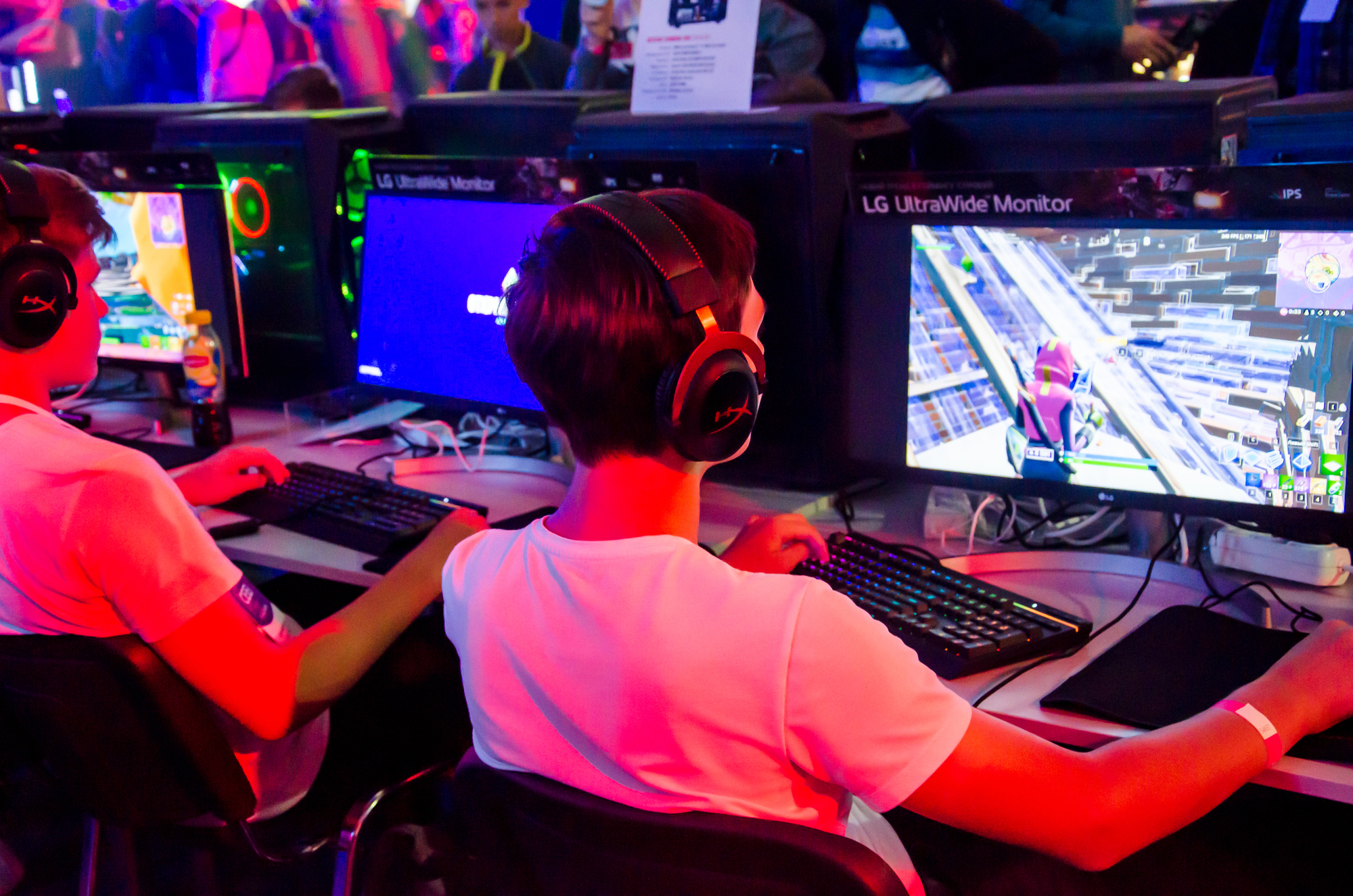Digital literacy has become essential in today’s technology-driven world. As digital tools permeate every aspect of life, the ability to effectively use and understand them is crucial for success. Integrating play into digital literacy education can significantly enhance learning outcomes and engagement.
Play-based approaches to digital literacy make complex concepts more accessible and enjoyable for learners of all ages. By incorporating games, interactive activities, and hands-on exploration, educators can help students develop critical skills like problem-solving, creativity, and collaboration while mastering digital technologies. This approach taps into children’s natural curiosity and desire to learn through experimentation.
Initiatives worldwide are leveraging play to boost digital literacy. From educational apps that teach coding through puzzles to virtual reality experiences that simulate real-world scenarios, innovative tools are making digital skills acquisition more immersive and effective. These playful methods not only improve technical proficiency but also foster a lifelong love of learning in our increasingly digital society.
The Foundation of Digital Literacy in Education
Digital literacy forms the cornerstone of modern education systems. It encompasses a range of skills essential for navigating the digital world, from basic computer use to critical evaluation of online information.
Understanding Digital Literacy
Digital literacy goes beyond technical skills. It involves the ability to find, evaluate, create, and communicate information using digital technologies. This includes understanding how to use various digital tools and platforms effectively.
Information literacy is a key component, enabling students to critically assess online content. Media literacy helps learners interpret and analyze different forms of digital media. Visual literacy allows for the interpretation and creation of visual content in digital formats.
These skills are crucial in today’s technology-driven world. They empower students to engage with digital content meaningfully and participate actively in the digital sphere.
Integrating Digital Technologies in Learning Environments
Educational institutions are incorporating digital tools into their curricula. This integration aims to enhance teaching and learning processes across all subjects.
Early childhood education now often includes age-appropriate digital activities. These help young learners develop basic technology skills while fostering creativity and problem-solving abilities.
In higher grades, students use various digital platforms for research, collaboration, and content creation. This prepares them for future academic and professional environments where digital competence is expected.
STEM education benefits greatly from digital integration. Interactive simulations, coding exercises, and digital lab experiments provide hands-on learning experiences.
Role of Educators in Enhancing Digital Skills
Teachers play a vital part in developing students’ digital literacy. Their own digital competence is crucial for effective instruction and modeling of proper digital practices.
Professional development programs help educators stay current with evolving technologies. These programs cover both technical skills and pedagogical approaches for integrating digital tools in the classroom.
Teachers guide students in using technology responsibly and safely. They help learners develop critical thinking skills for evaluating online information and navigating digital environments.
Educators also adapt their teaching methods to incorporate digital elements. This might include using online resources, facilitating virtual collaborations, or creating digital assignments that promote multiliteracies.
Engaging and Interactive Learning Through Play
Digital play fosters interactive learning experiences that enhance children’s digital skills and creativity. It promotes social interaction and emotional development while building digital literacies.
The Impact of Play on Learning Outcomes
Play-based learning improves academic performance and cognitive skills. Digital games like Minecraft boost problem-solving abilities and spatial reasoning. Children develop coding skills through digital animation and game creation.
Play enhances social-emotional learning. Kids practice cooperation, communication, and empathy in multiplayer games. They learn to regulate emotions and handle setbacks in challenging gameplay.
Creative play stimulates imagination and innovation. Building virtual worlds or characters allows self-expression. Children experiment with ideas and learn from mistakes in a low-risk environment.
Incorporating Digital Play in Curriculum
Schools integrate digital play across subjects. Math concepts come alive through interactive geometry games. History lessons use strategy games to explore past civilizations.
Educators balance screen time with other activities. They set time limits and choose age-appropriate content. Guided play sessions help kids transfer digital skills to real-world tasks.
Project-based learning incorporates digital tools. Students create multimedia presentations or code simple programs. This hands-on approach builds technical proficiency and digital citizenship skills.
Case Studies: Success Stories of Play-Enhanced Learning
A Finnish school saw math scores rise after introducing educational video games. Students reported higher engagement and retention of complex concepts.
An Australian primary school used Minecraft to teach city planning. Children collaborated to build sustainable communities, learning about zoning and resource management.
During COVID-19 lockdowns, a U.S. elementary school used virtual field trips and augmented reality. This maintained student interest and social connections despite distance learning challenges.
Challenges and Opportunities in Digital Literacy Expansion
Digital literacy expansion faces hurdles but also presents chances for growth. The digital divide, risks of technology use, and future trends shape this landscape.
Bridging the Digital Divide for Inclusive Education
Access to digital tools remains uneven globally. Many developing countries lack basic infrastructure for internet connectivity. This gap hinders educational opportunities for millions.
Mobile phones offer a potential solution. Their widespread adoption even in low-income areas creates pathways for digital learning. Educational apps and SMS-based programs can reach remote populations.
Investments in technology infrastructure are key. Governments and organizations must prioritize expanding internet access. Public-private partnerships can accelerate progress in this area.
Community centers and libraries serve as digital hubs in underserved regions. These spaces provide shared access to computers and internet connections. They also offer training programs to build essential digital skills.
The Risks Associated with Digital Technologies
As digital literacy grows, so do potential dangers. Online safety is a major concern, especially for young users. Cyberbullying, identity theft, and exposure to inappropriate content pose threats.
Health risks also emerge from increased screen time. Eye strain, poor posture, and sleep disruptions can impact well-being. Balancing digital engagement with offline activities is crucial.
Digital addiction is another challenge. Excessive use of social media or online games can interfere with daily life. Education about responsible technology use helps mitigate these issues.
Privacy concerns grow as more personal data moves online. Users need skills to protect their information and understand data rights. Critical thinking about online content becomes essential in the age of misinformation.
Future Trends in Digital Literacy and Education
Artificial intelligence will play a bigger role in education. AI-powered tutoring systems can provide personalized learning experiences. These tools adapt to individual student needs and pace.
Virtual and augmented reality technologies enhance immersive learning. They allow students to explore complex concepts in 3D environments. This approach makes abstract ideas more tangible and engaging.
Upskilling and reskilling become ongoing processes. The rapid pace of technological change requires constant learning. Digital literacy programs will need to evolve to keep up with new tools and platforms.
Coding and computational thinking gain importance. These skills are valuable across many fields, not just tech jobs. Integrating coding into standard curricula prepares students for future careers.
EdTech startups continue to innovate in this space. They develop new tools for both formal and informal learning. This sector’s growth creates opportunities for entrepreneurs and educators alike.











